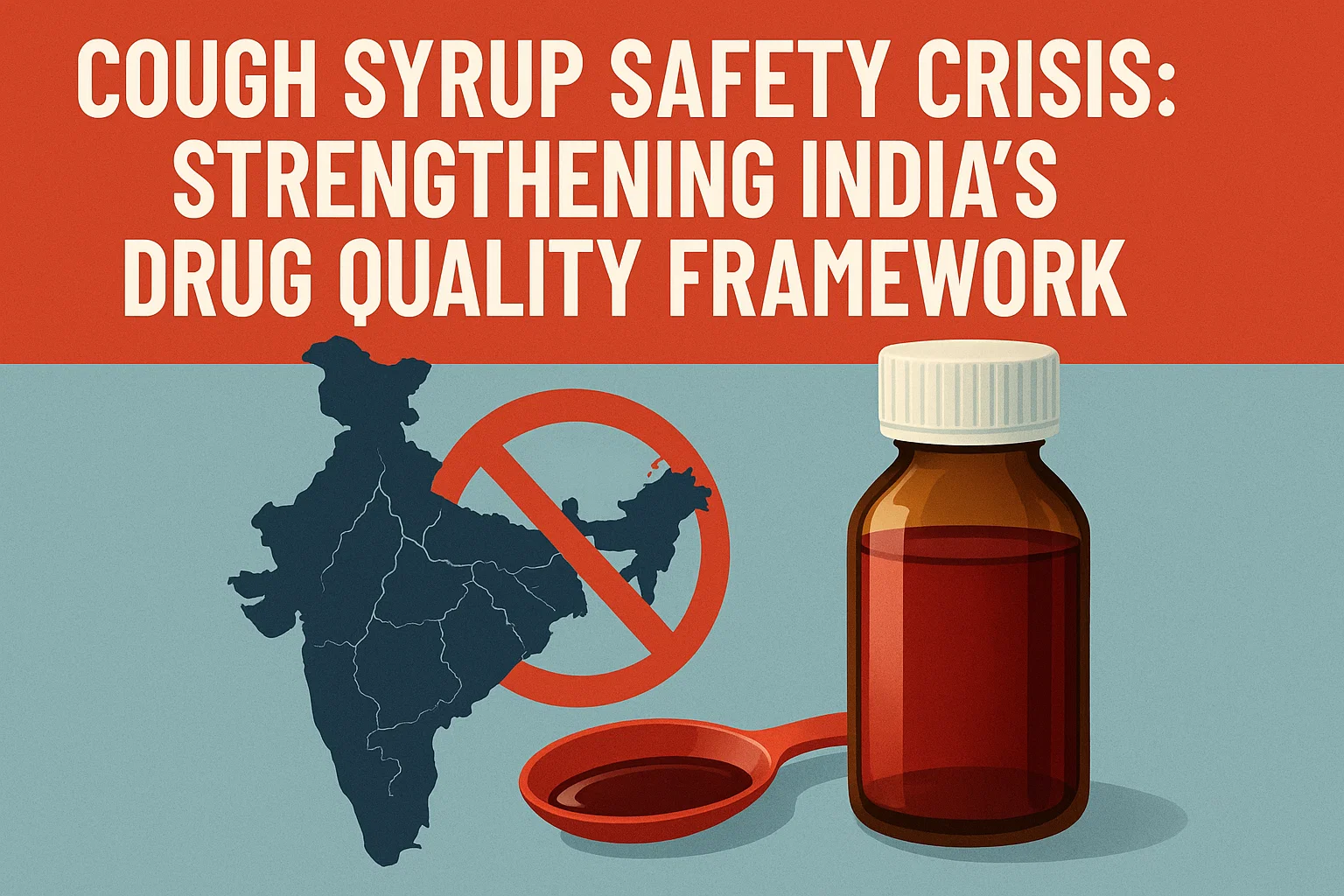US Withdrawal from Paris Agreement
African islands under threat: What to do about Trump’s withdrawal from climate change agreement
Context: The recent executive order signed by U.S. President Donald Trump, titled “Putting America First in International Environmental Agreements,” marks the second formal attempt by his administration to withdraw the United States from the Paris Agreement.
More on News
This action, while symbolic in the short term, could have significant long-term consequences — particularly for African Indian Ocean island states such as Comoros, Madagascar, Mauritius, and Seychelles.
Understanding the Paris Agreement
- The Paris Agreement, a legally binding international treaty on climate change, came into force in November 2016.
- Its primary goal is to limit global temperature increases to below 2°C, compared to pre-industrial levels.
- The agreement also established mechanisms for climate financing, including the Green Climate Fund (GCF) and the Loss and Damage Fund, to assist vulnerable developing countries in mitigating and adapting to climate impacts.
- Trump’s 2025 order not only initiates a U.S. withdrawal from the Agreement — which under Article 28 cannot take effect before January 2026 — but also rescinds all U.S. financial commitments to these international mechanisms.
- Furthermore, he has dismantled the U.S. Office of Global Change, effectively halting American participation in global climate negotiations.
Why It Matters for the African Island States?
- Though African Indian Ocean island nations contribute just 0.2% to global carbon emissions, they are among the most vulnerable to the devastating impacts of climate change:
- Mauritius is experiencing sea-level rise at 2–3 times the global average.
- In Comoros, climate change threatens to displace 10% of the coastal population and destroy infrastructure worth more than 2.2 times its GDP.
- These states rely heavily on international climate finance to manage such risks. The Green Climate Fund currently supports:
- Four projects in Comoros worth $66.7 million
- Four in Seychelles worth $34.3 million
- Six in Mauritius totalling $86.1 million
- Trump’s executive order threatens to withdraw U.S. funding, jeopardising these critical initiatives.
- Moreover, the U.S. has revoked its pledge to the Loss and Damage Fund, including the $17.5 million committed by the Biden administration. This fund was established in 2022 after years of advocacy by Small Island Developing States (SIDS), including Mauritius and Seychelles, to help cope with climate-induced loss and damage.
A Repeat of 2017?
- Trump previously attempted to withdraw the U.S. from the Paris Agreement in 2017, but the move was stalled due to procedural constraints. Although short-lived, this withdrawal had a destabilising effect on global climate coordination and prompted shifts in alliances among vulnerable states.
- In response to the 2017 U.S. withdrawal:
- Seychelles, less dependent on U.S. aid, took innovative steps such as the world’s first debt-for-nature swap, converting $21.6 million of debt into climate-friendly investments and launching a sovereign blue bond to fund marine conservation.
- These actions were supported by partners like The Nature Conservancy and the World Bank, helping Seychelles cushion the blow from reduced U.S. involvement.
- Comoros, more reliant on the Green Climate Fund, faced greater vulnerability, particularly with the GCF’s $41.9 million project for climate-resilient water supplies (2019–2027) at risk.
Global Climate Leadership at Risk
- Beyond financial implications, Trump’s stance undermines global climate ambition. His return to power has already emboldened fossil fuel interests, with some observers linking his election to Saudi Arabia’s resistance at the COP29 climate conference.
- The leadership vacuum created by U.S. disengagement could also diminish the political momentum needed for decisive climate action.
- Countries like China and blocs like the European Union (EU) may have to step in to fill this gap — which presents both challenges and opportunities for African island states.
Lessons from the Pacific: Diversifying Alliances
- Pacific Island states, long exposed to U.S. inconsistency on climate policy, have shown how strategic diversification can drive engagement:
- In 2021, Solomon Islands turned to China for security, prompting a renewed Australian presence.
- Fiji shifted its climate diplomacy from Australia to China in 2018, prompting a U.S. effort to re-engage.
- These moves spurred initiatives such as the US-Pacific Partnership Declaration and contributed to the formation of a unified Pacific Islands Forum, which declared climate change the region’s greatest security threat.
What African Islands Can Do?
- African Indian Ocean island states can adopt similar strategies to enhance their resilience and bargaining power:
- Diversify diplomatic and financial partnerships: Engage further with the European Union, which recently pledged $5 billion in green energy investments in South Africa. Strengthen ties with China, especially within its Global South climate and energy cooperation frameworks.
- Leverage regional cooperation: Work through bodies like the Indian Ocean Commission, Indian Ocean Rim Association, and African Island States Climate Commission. Support initiatives such as the Great Blue Wall, championed by Seychelles, with backing from the African Union and African Development Bank.
- Strengthen blue and green financing mechanisms: Expand blue economy tools like sovereign blue bonds and debt-for-nature swaps, which offer funding pathways independent of U.S. politics.
Conclusion
The climate crisis — largely caused by industrialised nations — disproportionately affects small island states. While the U.S. withdrawal from the Paris Agreement may hinder global momentum, it also presents an opportunity for African Indian Ocean island nations to diversify partnerships, assert regional agency, and build more resilient futures.
The U.S. may one day re-engage on stronger terms. Until then, island states must ensure their climate survival through strategic alliances, regional unity, and innovative financing.


